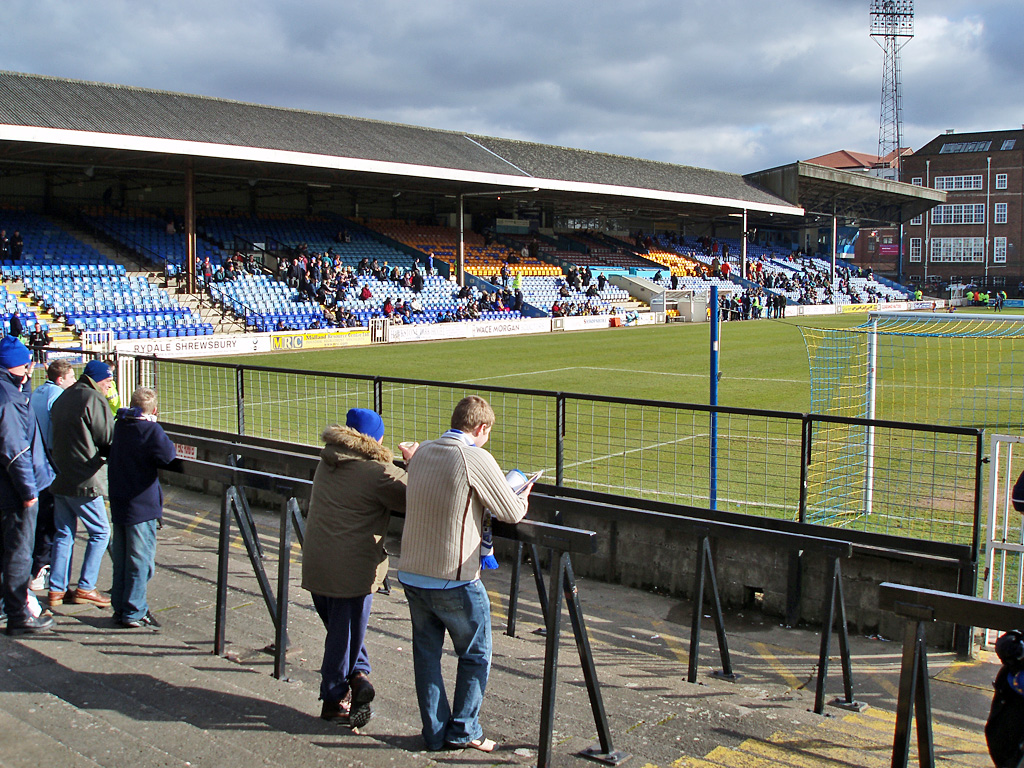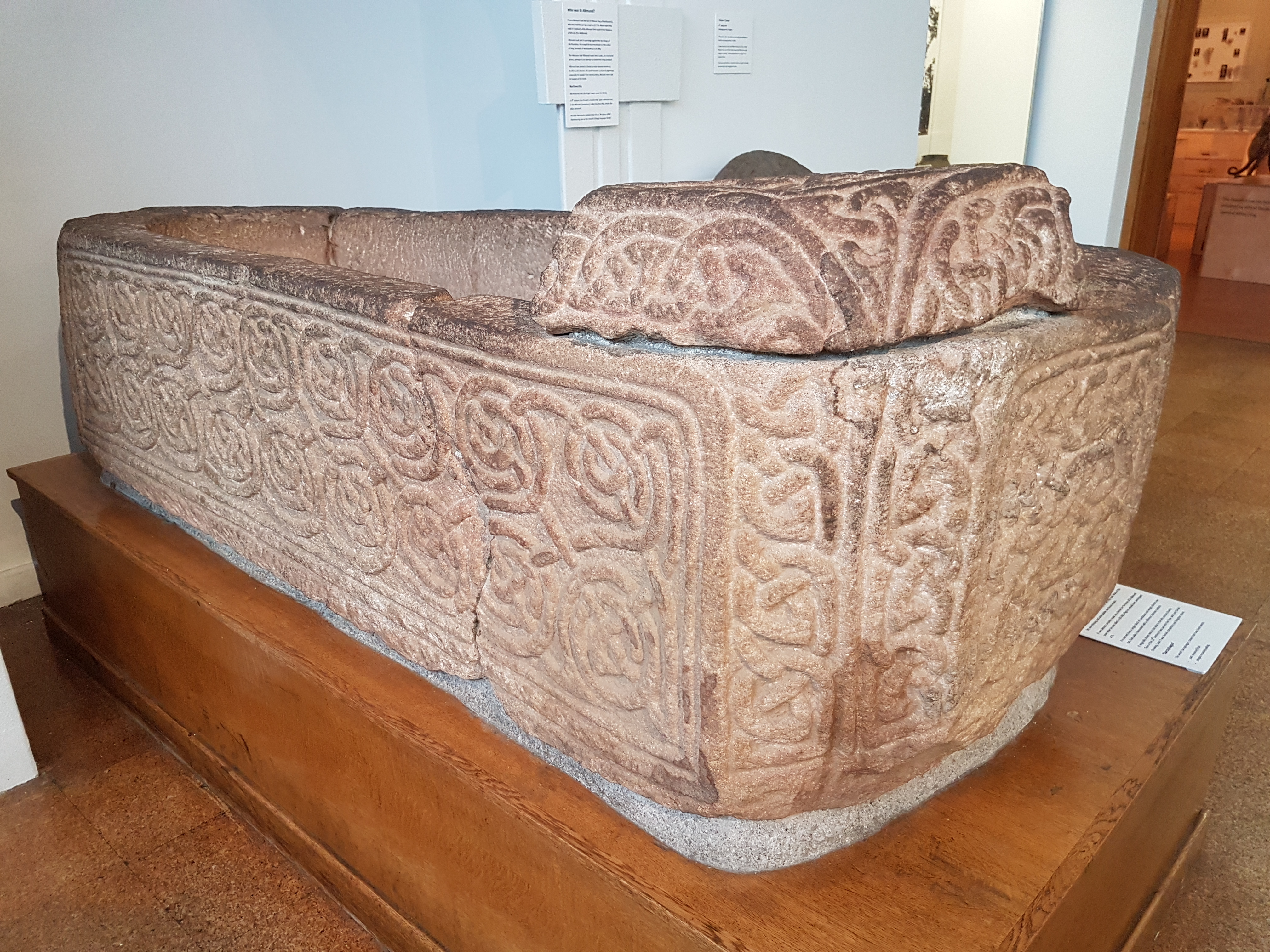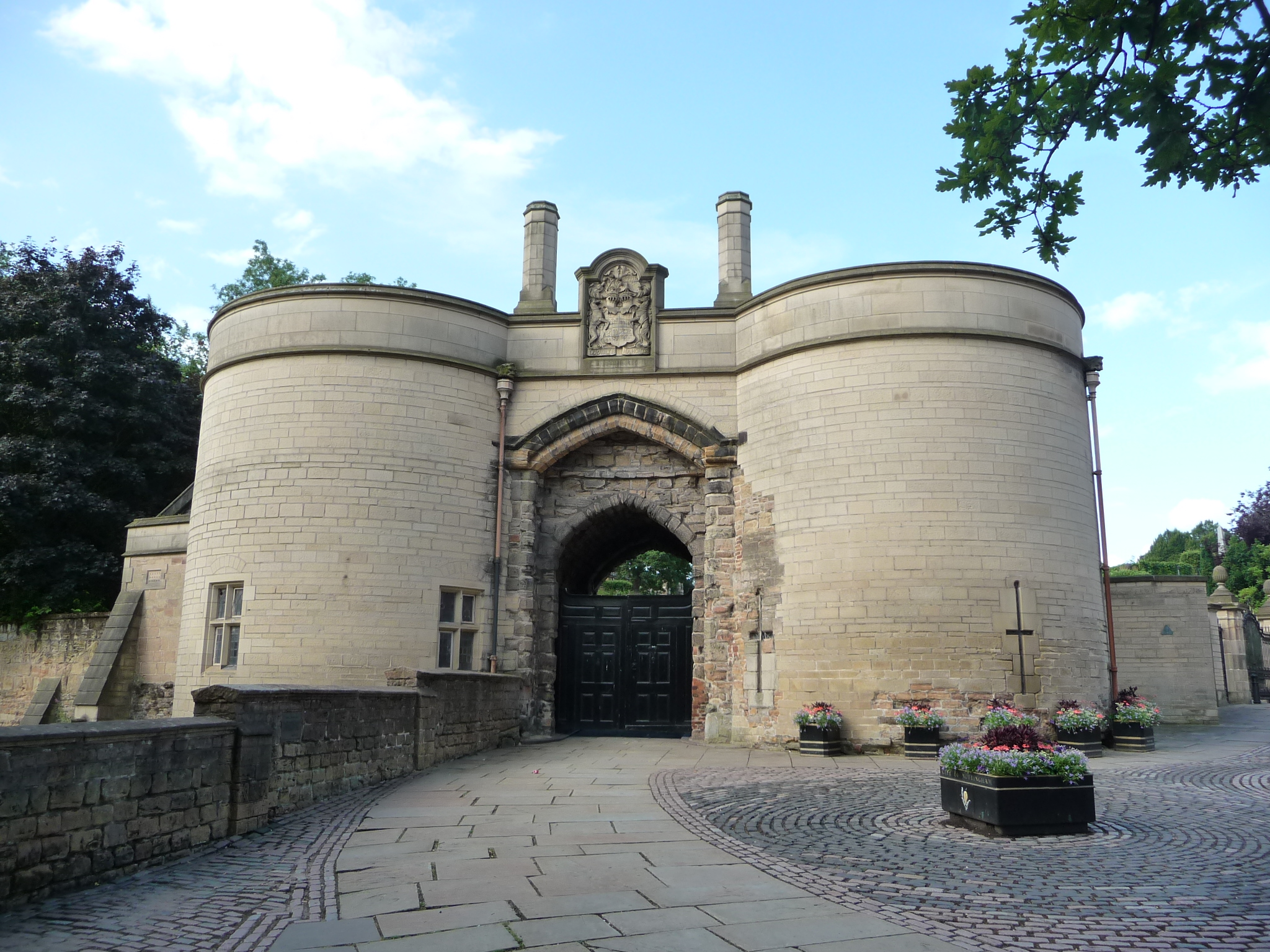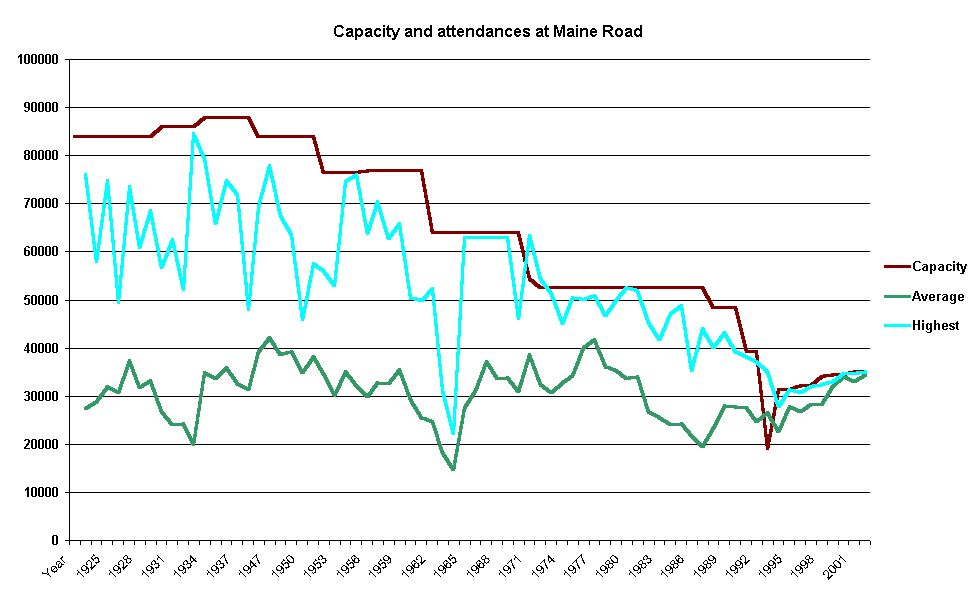|
Tommy Caton
Thomas Stephen Caton (6 October 1962 – 30 April 1993) was an English footballer who played as a centre half for Manchester City, Arsenal, Oxford United and Charlton Athletic. Caton captained both Manchester City and Oxford United and was named as City's Player of the Year in 1982. He made 14 appearances for the England under-21 team. Career Manchester City Born in Kirkby, Lancashire, Caton was a centre half who played for and captained England schoolboys before signing for Manchester City as an apprentice in 1978. He was a member of the City team that reached and lost in the 1979 and 1980 FA Youth Cup finals. Caton made his senior debut for City on 18 August 1979 aged 16, and soon became a regular in the City side, playing in the 1981 FA Cup Final against Tottenham Hotspur when still only 18 years old. When Tommy Hutchison put City in the lead it looked as though Caton was on his way to collect a winner's medal, but Tottenham levelled as a result of Hutchison's own g ... [...More Info...] [...Related Items...] OR: [Wikipedia] [Google] [Baidu] |
Kirkby
Kirkby ( ) is a town in the Metropolitan Borough of Knowsley, Merseyside, England. The town, Historic counties of England, historically in Lancashire, has a size of is north of Huyton and north-east of Liverpool. The population in 2016 was 41,495 making it the largest in Knowsley and the List of settlements in Merseyside by population, 9th biggest settlement in Merseyside. Evidence of Bronze Age activity has been noted though the first direct evidence of a settlement dates to 1086 via the Domesday Book. The town was mainly farmland until the mid-20th century until the construction of ROF Kirkby, the largest Royal Ordnance Factory filling munitions, during the World War II, Second World War; Kirkby's urban development happened in the post-war period. In November 2020, Liverpool F.C. relocated its training facilities from the Melwood site in West Derby, to the town following the completion of the new The Academy, Kirkby, AXA Training Centre. History Archaeological evidenc ... [...More Info...] [...Related Items...] OR: [Wikipedia] [Google] [Baidu] |
FA Youth Cup Finals Of The 1970s
FA Youth Cup Finals from 1970 to 1979. 1978–79: Millwall v. Manchester City (0–0 and 2–0, 2–0 aggregate) 1977–78: Crystal Palace v. Aston Villa (1–0) * On April 27, 1978, the FA Youth Cup Final was played at Highbury over only one leg. Attendance:4,962 * Scorer for Crystal Palace; Terry Fenwick. 1976–77: Crystal Palace v. Everton (1–0 aggregate) * Scorer for Crystal Palace; Terry Fenwick. 1975–76: West Bromwich Albion v. Wolverhampton Wanderers (2–0 and 3–0, 5–0 aggregate) 1974–75: Ipswich Town v. West Ham United (3–1 and 2–0, 5–1 aggregate) First leg Second leg 1973–74: Tottenham v. Huddersfield Town (1–1 and 1–0, 2–1 aggregate) 1972–73: Ipswich Town v. Bristol City (3–0 and 1–1, 4–1 aggregate) First leg Second leg ... [...More Info...] [...Related Items...] OR: [Wikipedia] [Google] [Baidu] |
Luton Town F
Luton () is a town and borough in Bedfordshire, England. The borough had a population of 225,262 at the 2021 census. Luton is on the River Lea, about north-west of London. The town's foundation dates to the sixth century as a Saxon settlement on the river, from which Luton derives its name. Luton is recorded in the Domesday Book as ''Loitone'' and ''Lintone''. One of the largest churches in Bedfordshire, St Mary's Church, was built in the 12th century. There are local museums which explore Luton's history in Wardown Park and Stockwood Park. Luton was once known for hatmaking and also had a large Vauxhall Motors factory. Car production at the plant began in 1905 and continued until its closure in 2002. Production of commercial vehicles continues and the head office of Vauxhall Motors is in the village of Chalton on the northern border of the borough . London Luton Airport opened in 1938 and is now one of Britain's major airports, with three railway stations also in the ... [...More Info...] [...Related Items...] OR: [Wikipedia] [Google] [Baidu] |
1982–83 In English Football
The 1982–83 season was the 103rd season of competitive football in England. Diary of the season 11 August 1982: Tottenham Hotspur pay Bristol Rovers £105,000 for defender Gary Mabbutt, who turns 21 later this month. 19 August 1982: Newcastle United pay Southampton £100,000 for Kevin Keegan. 21 August 1982: Liverpool beat Tottenham Hotspur 1–0 in the Charity Shield at Wembley with a goal from Ian Rush. 24 August 1982: The Shankly Gates are unveiled at Anfield, honouring former Liverpool manager Bill Shankly almost a year after his death. 25 August 1982: Arsenal sign 22-year-old striker Lee Chapman from Stoke City for £500,000. 26 August 1982: Bob Paisley announces that this season as Liverpool manager, his ninth in charge, will be his last. 28 August 1982: The first games of the First Division season are played. Manchester United achieve the biggest win of the opening day of the season beating Birmingham City 3–0. Peter Shilton exits Nottingham Forest in ... [...More Info...] [...Related Items...] OR: [Wikipedia] [Google] [Baidu] |
UEFA Cup
The asterisk ( ), from Late Latin , from Ancient Greek , , "little star", is a Typography, typographical symbol. It is so called because it resembles a conventional image of a star (heraldry), heraldic star. Computer scientists and Mathematician, mathematicians often vocalize it as star (as, for example, in ''the A* search algorithm'' or ''C*-algebra''). An asterisk is usually five- or six-pointed in printing, print and six- or eight-pointed when handwritten, though more complex forms exist. Its most common use is to call out a footnote. It is also often used to censor offensive words. In computer science, the asterisk is commonly used as a wildcard character, or to denote pointer (computer programming), pointers, repetition, or multiplication. History The asterisk was already in use as a symbol in ice age Cave painting, cave paintings. There is also a two-thousand-year-old character used by Aristarchus of Samothrace called the , , which he used when proofreading Homeri ... [...More Info...] [...Related Items...] OR: [Wikipedia] [Google] [Baidu] |
Gay Meadow
Gay Meadow was a football ground in Shrewsbury, Shropshire, England, serving as the home ground of Shrewsbury Town. Located on the banks of the River Severn, it opened in 1910. The ground closed at the end of the 2006-07 Football League season and the club moved to a new stadium, provisionally titled The New Meadow, on the outskirts of the town. Local legend says that over 22,000 were inside the stadium for the league match against Wrexham on 21 August 1950, although the official figure is given as 16,000. The official record attendance is 18,917, set on 26 April 1961 against local rivals Walsall. Because it had only one entrance/exit road, in the years following the Taylor Report the capacity of the ground was reduced from 16,000 to around 8,000. Early history of Gay Meadow Centuries before Shrewsbury Town occupied the site, Gay Meadow was known locally for the fairs, carnivals and circuses which took place there. The origin of the name is not entirely clear, although ... [...More Info...] [...Related Items...] OR: [Wikipedia] [Google] [Baidu] |
Shrewsbury Town F
Shrewsbury ( , ) is a market town and civil parish in Shropshire (district), Shropshire, England. It is sited on the River Severn, northwest of Wolverhampton, west of Telford, southeast of Wrexham and north of Hereford. At the 2021 United Kingdom census, 2021 census, the parish had a population of 76,782. It is the county town of the ceremonial county of Shropshire. Shrewsbury has Anglo-Saxons, Anglo-Saxon roots and institutions whose foundations, dating from that time, represent a cultural continuity possibly going back as far as the 8th century. The centre has a largely undisturbed medieval street plan and over 660 Listed buildings in Shrewsbury, listed buildings, including several examples of timber framing from the 15th and 16th centuries. Shrewsbury Castle, a red sandstone fortification, and Shrewsbury Abbey, were founded in 1074 and 1083 respectively by the Normans, Norman Earl of Shrewsbury, Roger de Montgomery. The town is the birthplace of Charles Darwin. It has ... [...More Info...] [...Related Items...] OR: [Wikipedia] [Google] [Baidu] |
Nottingham Forest F
Nottingham ( , East Midlands English, locally ) is a City status in the United Kingdom, city and Unitary authorities of England, unitary authority area in Nottinghamshire, East Midlands, England. It is located south-east of Sheffield and north-east of Birmingham. Nottingham is the legendary home of Robin Hood and to the lace-making, bicycle and Smoking in the United Kingdom, tobacco industries. The city is also the county town of Nottinghamshire and the settlement was granted its city charter in 1897, as part of Queen Victoria's Diamond Jubilee celebrations. In the 2021 United Kingdom census, 2021 Census, Nottingham had a reported population of 323,632. The wider conurbation, which includes many of the city's suburbs, has a population of 768,638. It is the largest urban area in the East Midlands and the second-largest in the Midlands. Its Functional Urban Area, the largest in the East Midlands, has a population of 919,484. The population of the Nottingham/Derby metropolitan a ... [...More Info...] [...Related Items...] OR: [Wikipedia] [Google] [Baidu] |
Maine Road
Maine Road was a football stadium in Moss Side, Manchester, England, that was home to Manchester City from 1923 to 2003. It hosted FA Cup semi-finals, the Charity Shield, a League Cup final and England matches. Maine Road's highest attendance of 84,569 was set in 1934 at an FA Cup sixth round match between Manchester City and Stoke City, a record for an English club ground. At the time of its closure in 2003, Maine Road was an all-seater stadium with a capacity of 35,150 and of haphazard design with stands of varying heights due to the ground being renovated several times over its 80-year history. The following season Manchester City moved to the City of Manchester Stadium in east Manchester, a mile from the city centre and near Ardwick, where the club originally formed in 1880. History Decision to move Plans to build Maine Road were first announced in May 1922, following a decision by Manchester City to leave their Hyde Road ground, which did not have room for expansi ... [...More Info...] [...Related Items...] OR: [Wikipedia] [Google] [Baidu] |
Football League
The English Football League (EFL) is a league of professional association football, football clubs from England and Wales. Founded in 1888 as the Football League, it is the oldest football league in Association football around the world, the world, and was the top-level football league in England from its foundation until 1992, when the top 22 clubs split from it to form the Premier League. The Football League was rebranded as the "English Football League" (EFL) starting with the 2016–17 season. The EFL is divided into the EFL Championship, Championship, EFL League One, League One and EFL League Two, League Two, with 24 clubs in each division, 72 in total, with promotion and relegation between them; the top Championship division clubs change places with the lowest-placed clubs in the Premier League, and the bottom clubs of League Two with the top clubs of the National League (division), National League. Currently four of the EFL clubs are from Wales – Cardiff City F.C., Car ... [...More Info...] [...Related Items...] OR: [Wikipedia] [Google] [Baidu] |
Football League First Division
The Football League First Division was the top division of the Football League in England from 1888 until the end of the 1991–92 season, when its teams broke away to form the Premier League. From 1992 to 2004, the name First Division was given to what had previously been called the Second Division. After the 2003–04 season, the division was renamed the Football League Championship (now EFL Championship, with the division below it called EFL League One). The First Division contained between 12 and 24 clubs, playing each other home and away in a double round robin. The competition was based on two points for a win from 1888 until the increase to three points for a win in 1981. History The Football League was founded in 1888 by Aston Villa director William McGregor. It originally consisted of a single division of 12 clubs ( Accrington, Aston Villa, Blackburn Rovers, Bolton Wanderers, Burnley, Derby County, Everton, Notts County, Preston North End, Stoke ( ... [...More Info...] [...Related Items...] OR: [Wikipedia] [Google] [Baidu] |
Tommy Hutchison
Thomas Hutchison (born 22 September 1947) is a Scottish former footballer who played as a midfielder. He made over 1,100 appearances, including 314 in the Football League alone for Coventry City, and more than 160 apiece in the competition for Blackpool and Swansea City (serving the latter as manager for a season before resuming as a player, which continued into his mid-40s), plus shorter spells in the United States and Hong Kong. Hutchison gained 17 caps for Scotland between 1973 and 1975. Club career Born in Cardenden, Fife, Hutchison began his professional career with Alloa Athletic in the Scottish Second Division, after he was spotted by manager Archie McPherson. He showed enough potential to attract the attention of larger clubs, and he joined Stan Mortensen's Blackpool in February 1968 for just over £10,000. Almost immediately, he took the place of Graham Oates at outside-left, making his debut against Plymouth on 30 March in the English Second Division. The Scot ... [...More Info...] [...Related Items...] OR: [Wikipedia] [Google] [Baidu] |







